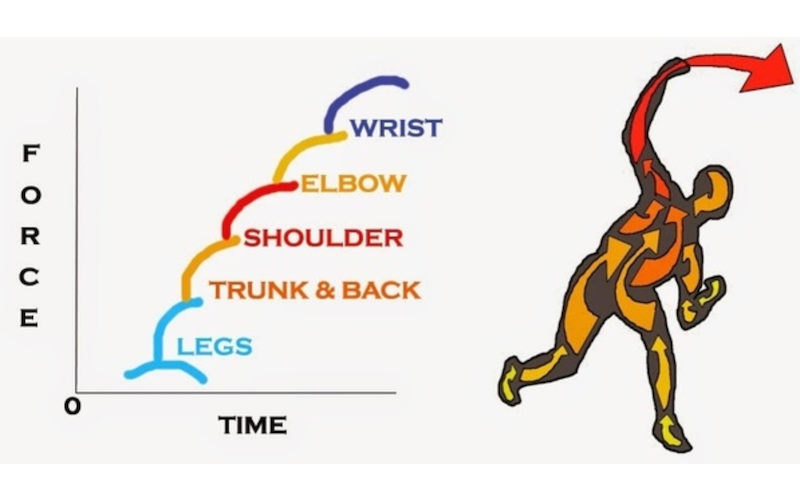
Regional interdependence is a fancy way of saying ‘the knee bone is connected to the hip bone’. Regional interdependence is not static – it is a process of adaptation that reveals the distribution of function and the material continuity of the body. Regional interdependence provides a framework for thinking about biomechanical resilience and adaptation.
Regional interdependence is the reason that specific localised injury can influence, over time, adjoining regions and more remote parts of the body – causing aches and pains in regionally interdependent structures. Regionally interdependent adaptation can also generate complex patterns of referred pain. These aches and pains reflect the body’s attempt to distribute load and maintain function. These adaptations can roam around the body – in a sense testing different strategies – permuting and creating the feeling of nomadic sensation, aches and pains.
As an injury resolves, altered movement and muscle recruitment patterns tend to normalise. When altered movement patterns lurk around, after an injury has resolved, they may become the basis of maladaptive or apprehensive pain behaviour. This cycle has the potential to perpetuate recurrent injury and/or chronic pain. Surgical procedures which permanently alter biomechanics – result in widespread changes in movement patterns which effect the whole organism.
Adaptation through regional interdependence is not exclusively triggered by injury, other triggers include ill fitting clothes, orthotic devices, stress, breathing pattern disorders, and postural imbalances.
Maladaptive postural and movement patterns are not exclusively contained within the neuromuscular system – they are inscribed into the material body itself. This is because altered patterns, subject the body to different mechanical loads and the consequent remodelling of tissues (including bones and fascia). This phenomenon is known as as causal morphogenesis.
Although regional interdependence provides a framework for thinking about biomechanical resilience and adaptation in relation to imbalances, injury and/or illness. Regional interdependence is akin to homeostasis in that it is a subconscious bodily process which accesses distributed resources to optimise function. Where homeostasis is optimising cellular and physiological processes, regional interdependence optimises movement and the musculoskeletal system – this in turn supports the proper functioning of the body as a whole. Regional interdependence is a feature of Integrated Embodiment which contributes to a sense of ease and an adaptive and transparent lived experience of the body.
FEATURED IMAGE:
Unknown origin.
